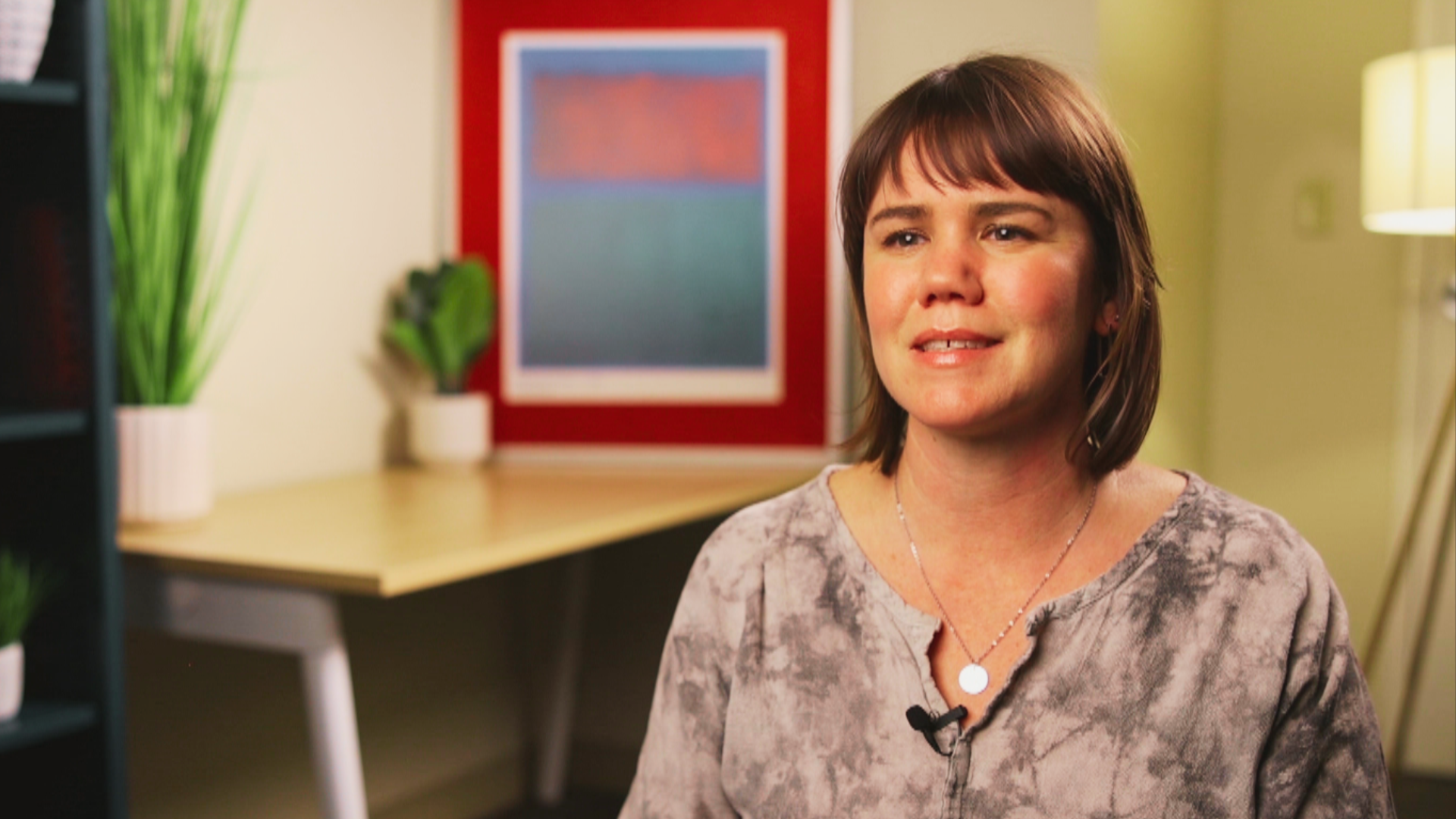Covering Sexual Violence
Building Trust & Understanding
Veteran editor and reporter Rachel Dissell outlines best practices for working with victims of sexual violence to help inform and prepare them for participating in a story.
Reporting & Interviews
Strategies for reporting and interviewing that help inform, support and minimize harm to victims of sexual violence when they come forward to share their stories.
A Trauma Survivor’s Perspective
Trauma educator Louise Godbold who was also a target of a high profile sexual predator shares strategies to help journalists minimize harm when interviewing their subjects.
Taking Care of Yourself
Veteran reporter Rachel Dissell offers advice on how to manage one’s resilience and mental health when working on difficult stories involving sexual trauma.
-
Trauma Interviewing
Reporting in Indigenous Communities
Climate Journalism & Trauma
Interviewing Children
Reporting on Vulnerable Communities
Ethical Relationships with Sources
A Trauma Victim’s Advice
The Journalist’s Brain (Animated)
Journalists & Trauma Science
Peer Support for News Professionals
Operational Debriefs
Taking Care of Yourself
Trauma Aware Leadership
Planning For Difficult Stories
Handling Traumatic Imagery
Disponible en français
Resources
-
Resources for Covering Sexual Violence
Global Center for Journalism & Trauma
-
Tip Sheet - Working with Survivors
By Rachel Dissell
-
Truth and Repair: How Trauma Survivors Envision Justice
A book by Judith Herman, MD
-
Reporting on Sexual Violence in Conflict
Global Center for Journalism and Trauma
-
Conducting Safe, Effective and Ethical Interviews with Survivors of Sexual and Gender-Based Violence
Witness.org
-
Let's Talk: Personal Boundaries, Safety & Women in Journalism
Global Center for Journalism and Trauma
-
Journalist Trauma Support Network
Global Center for Journalism and Trauma




